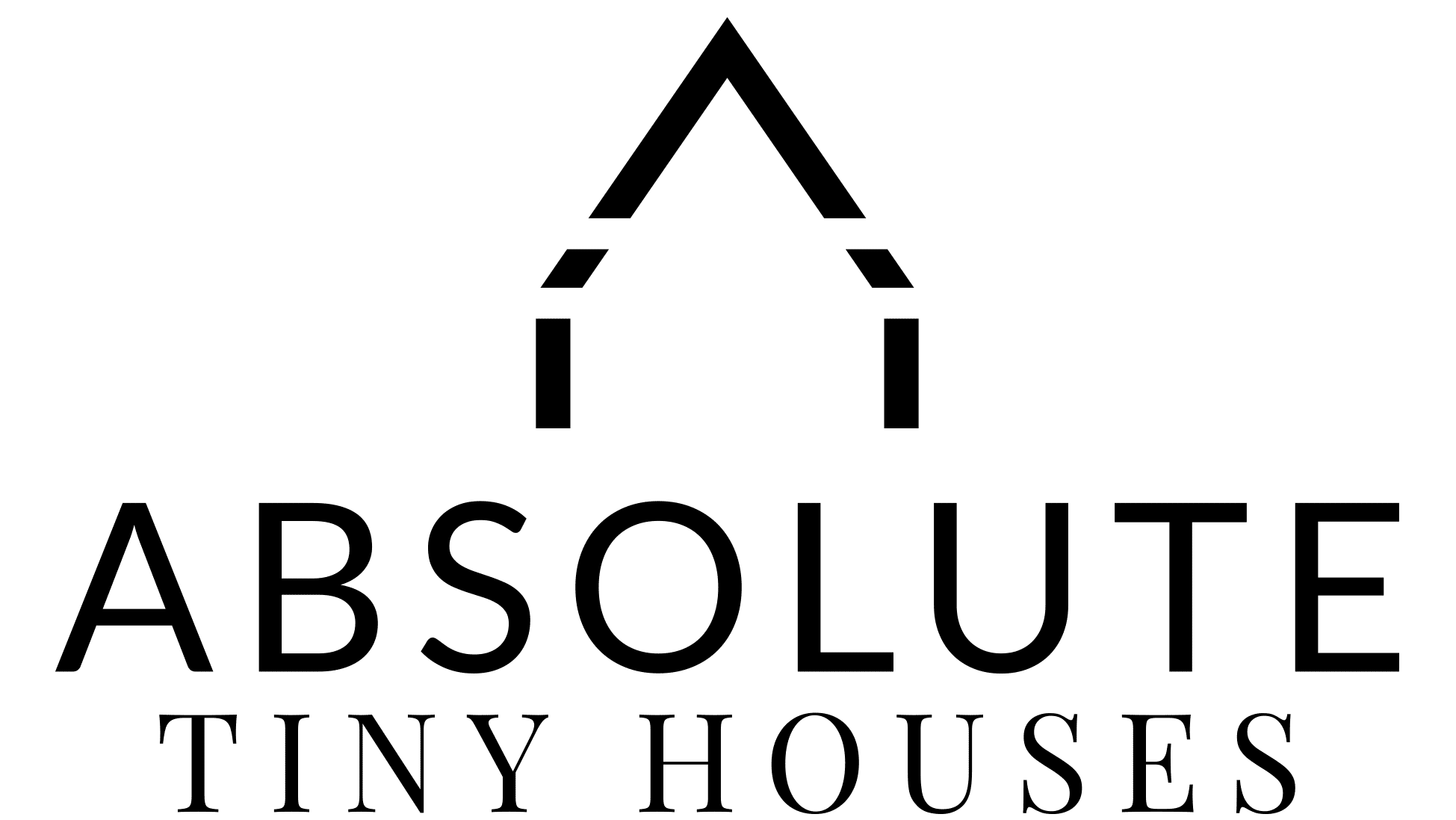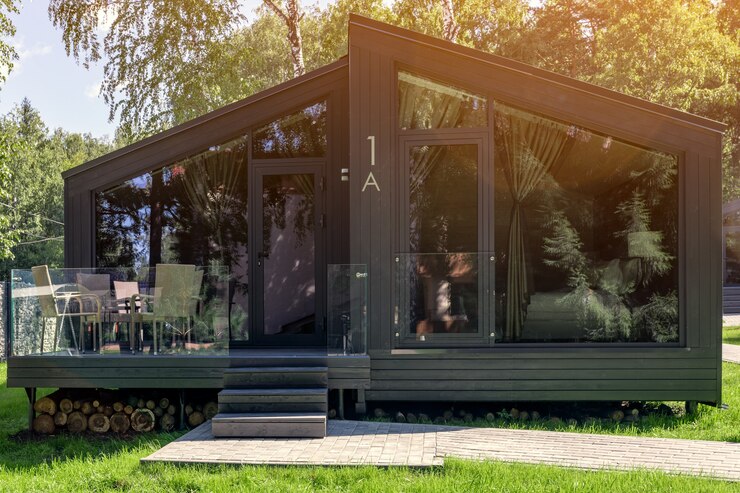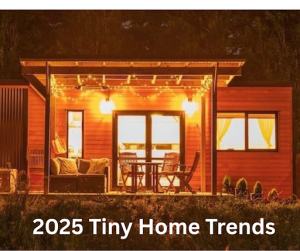Sustainable living is a word thrown around a lot lately. It’s a fancy expression for a significant driver propelling the tiny home movement forward. Let’s break it down; There are three key topics (that are near and dear to our hearts) affordable living, environmental impacts and the break down of society. We all know someone impacted economically, environmentally or socially.
What is the sustainability living revolution?
The sustainability living revolution is a natural response to massive problems impacting how we live, our environment, our society and families. The tiny house movement provides sustainable tiny homes that deliver short- and long-term solutions for our communities.
The rising sustainability living revolution is here to stay. It is driven both naturally by everyday people (you and me) as well as massive entities such as the United Nations working with many countries and their governments on long term sustainable solutions.
Heavy? I know. Stay with me.
To keep it simple;
| Sustainable development focuses on: | Sustainable living focuses on: |
|
|
|
|
|
|
All these strive to meet today’s needs without comprising the ability of future generations to meet their own needs. Let’s start with economic viability. We prefer to call it “Affordable Living”.
Affordable Living
In a nutshell, tiny homes when compared to traditional homes are simply more affordable.
Affordability, both short and long term
According to the QV House Price Index, 1st Quarter 2025 the average New Zealand House price is $903,928. Let’s just call it $904,000 for ease of math. At Absolutely Tiny Houses, our tiny homes are less than 20% of that. You can buy your luxury tiny home for less than $170K.
Efficient offsite construction
Traditional home builds are expensive because of materials, labour and time. A smaller home means fewer materials, less labour and a shorter build time, which overall is less expensive for you. Furthermore, our tiny homes are efficiently built in our workshop, where your build is not impacted nor delayed by poor weather.
Lower Energy Use, Higher Efficiency – Your tiny house build
We build with BRANZ approved sustainable building products. Using these sustainable building products leads to less energy consumption in materials manufacture and less waste. Overall, a more negligible impact on the environment and reduced carbon footprint.
Environmental Sustainability
With tiny homes, it is truly a case of less is more. Below are some examples.
Energy-efficient housing
Energy consumption in a tiny house compared to a traditional home:
- is easier to cool or heat
- uses fewer appliances and power consumption
- uses fewer lights even if you accidently leave them all on
Our sustainable tiny homes come with:
- insulation
- double glazed windows
- energy-efficient LED lighting
- and more
To improve your tiny homes energy efficiency, you can ensure that you:
- use energy efficient appliances
- turn off your lights when not required
- turn off appliances at the wall when not required (in standby mode they still use power).
- monitor energy use to know what consumes’ most of your power
Water Conservation
You will use less water, partly due to the efficient system design that has evolved for the marine and RV industry, which have been adopted for the tiny homes. These systems are more efficient in water usage, produce less waste and are more compact. If you go off-grid you can introduce water catchment processes to compliment your water conservation.
Solar power
Solar power is a great addition to your tiny home that harness renewable energy from the sun to compliment your existing power systems. You could set it up add to your power source or aim to be fully independent of external power.
Whether you go for some or all of the above energy efficiencies you are not only taking a proactive step towards sustainable development but reducing your power and services bill. We all love a little extra to stay in our wallets.
Off-grid tiny homes
For some the ultimate goal is to go off-grid. By utilising the combination of the above options, you can find the right balance of systems to be independent of the traditional service providers. Often our clients gradually build their systems up over time to truly go off-grid. That means no longer having to pay anyone for power, water or waste management. That is an awesome position to be in.
Social and individual well-being
This topic is big. It is one of the things we at Absolute Tiny homes love about what we do.
We love how our tiny homes make such a big social impact in our clients lives. For some it’s escaping the rental cycle and having a place that they can truly call home. While others it’s saying goodbye to a mortgage that consumed all their money and left them feeling trapped in their job (and frightened that they won’t find another job) because they have to meet their loan repayments. For others, it is knowing that their parents (or loved ones) are close by and safe.
Some clients tell us that their tiny homes reduced financial pressure, increased their options and provide them with a sense of peace and freedom.
What Makes Tiny Homes a Sustainable Choice?
It is easy to say that the reasons we have expanded in this post make tiny homes a sustainable choice. However, the drivers that influence our decisions to go tiny and opt into sustainable living are very personal and different for everyone.
Some of our clients were driven by a tree change, wanting to escape the city life and be more connected to the environment. While for other clients, affordable living (both the initial purchase price and more affordable on-going costs) from having energy-efficient housing was the compelling reason they went tiny. And for others, it was their wellbeing (either individual, social or both) and peace of mind they feel in their new tiny home.
However, for most of our clients it is a combination of the above.
Are Tiny Homes the Future of Sustainable Living?
At Absolutely Tiny Houses we believe that sustainable living is an imperative for further generations. Tiny Homes play a significant and increasing role in the sustainable living movement. Tiny Home design is constantly evolving and coming up with new designs and projects. Furthermore, these designs tend to be budget conscious as many people entering the tiny home market do not have much money.
How to Get Started with Your Tiny Home Journey
Gettings started is both daunting and exciting at the same time.
That is why we recommend the following steps:
- Write down your thoughts, ideas, concerns and questions
- Rent a tiny house and see what it is like.
(here’s one of our house being rented as an air bnb,
https://www.airbnb.co.nz/rooms/49860400/photos) - Revisit your thoughts and decide on what’s essential for you
- Speak with Michael about your ideas and vision and share your concerns with him
Whether you have an exact vision of your new tiny home or simply have a question we are here to chat. Give Michael a call today. Your tiny home dream is waiting for you.
https://absolutetinyhouses.co.nz/contact-us/
FAQs
Absolutely they are. Tiny home living tends to embrace sound sustainability practices. Regardless of whether you went tiny to embrace sustainability living or simply wanted to downsize, here’s how you in your tiny house can be more environmentally friendly:
- Reducing energy consumption utilising smart design and appliances to heat, cool and light your tiny home.
- Embracing water conversation ranging with water-saving devices and rain catchment
- Tapping into renewable energy sources with solar
Tiny homes reduce carbon footprint by:
- Built off-site maximising efficiencies
- Lower material use
- Fewer resources
- Lower energy consumption
- Smart sustainable designing
Yes, you can. We have several off-grid options available which includes:
- Composting toilet
- Grey water filtration system
- Solar power system
- Water pump and tank
We have other off-grid options that are customisable depending on your needs and setup. Let us know how far off-grid you plan to be, and we will come up with the right mix for options for you.






